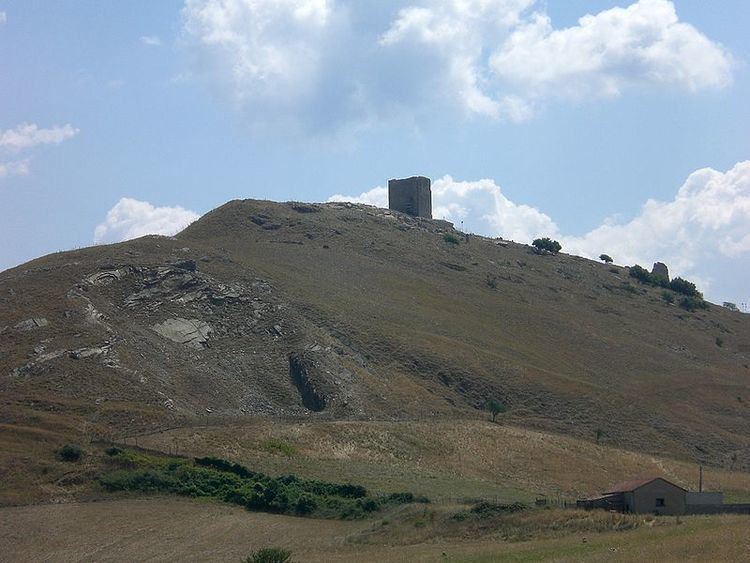 | ||
The Diocese of Satrianum (Latin) or Satriano (Italian) is now a Roman Catholic titular see, that is, an episcopal see that is no longer a geographical diocese. It takes its name from a now destroyed town situated in Lucania and was a suffragan of the metropolitan see of Salerno. The adjectival form of the Latin name of the diocese is Satrianensis. The current titular archbishop is Patrick Coveney.
Contents
History of the see
The diocese was set up by Pope Urban II on 20 July 1098, and continued to exist even after the destruction of the town in 1430. On 19 July 1525 the diocese of Campagna was set up and was united with that of Satriano. In 1818 the diocese was suppressed and its territory was united with that of Conza.
Diocesan Bishops of Satriano
Records remain of the following Bishops of Satriano:
Diocesan Bishops of Satriano and Campagna
After the death of Marco De Leone, the see remained vacant until suppressed in 1818.
Titular bishops and archbishops
The town
Satriano (called Satrianum in Latin) was originally a Lucanian town. Excavations have brought to light traces of a small rectangular temple with a banqueting hall, an area for religious ceremonies and a portico.
The town was situated at 950 metres above sea level on the top of a hill overlooking the modern town that since 1887 is called Satriano di Lucania (not to be confused with another town called Satriano in Calabria), and which, before taking the name of the destroyed city, was called Pietrafesa and, earlier, Petrafixa.
Documents from the ninth century AD onward mention Satriano, which was definitively destroyed in 1430 by order of Queen Joan II of Naples. It is recounted that the queen ordered that it be burned to the ground because of the abduction there of a lady in waiting of the court who was passing through. The inhabitants moved to Pietrafesa.
All that remains are some ruins, including those of the cathedral, which was dedicated to Saint Stephen, and a better preserved 12th-century tower.
